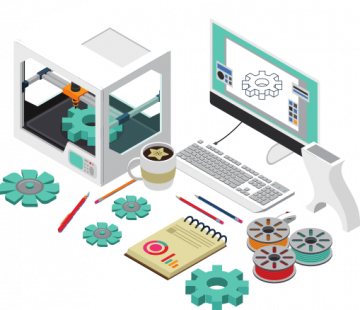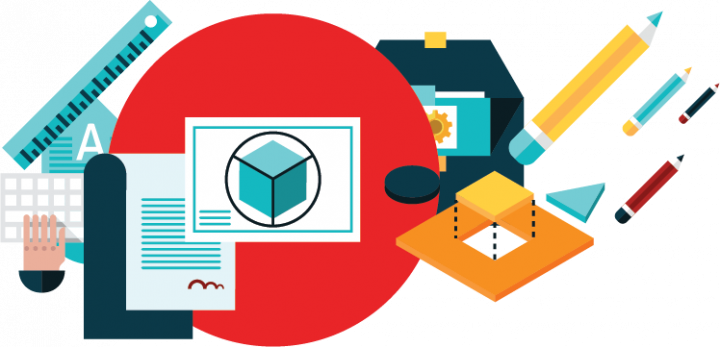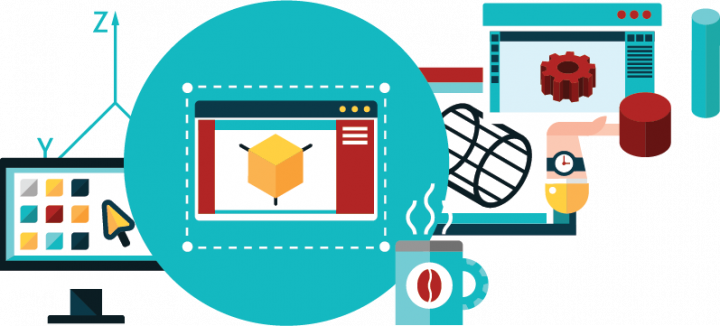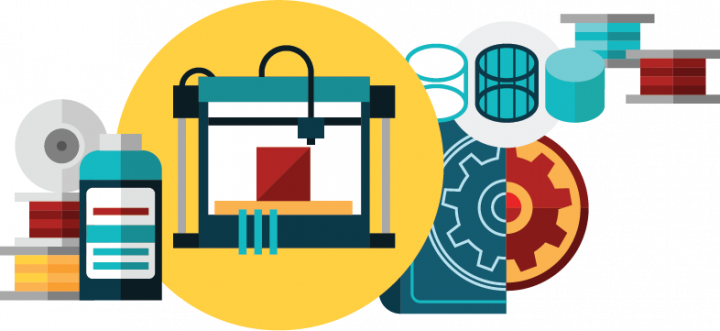
Our specific field of action includes electrical engineering, mechanics, automation and industrial control, robotics, R&D of electromechanical devices.
Product design and development is the process of solving a technological problem, usually by integrating innovative technologies. This solution can be designed relatively, meaning it integrates a mechanism executing a partial cycle, or completely, as a single integrated system executing multiple cycles of a given process. We can group the development process into three stages:
Concept

In this stage, we define and evaluate the final objective, then design one or more physical concepts or computer-simulated models. Generally, this results in modifications to the initial concept. For physical models, i.e., tangible devices, we create partial or total prototypes. We usually test them under specific cycles and conditions. This stage allows us to better define the objectives and to discard ideas that are considerably unfeasible for the case in question.
Prototype

In this stage, we design the device, perform the necessary dynamic calculations, and manufacture the entire device. Unlike the concept, we test it under real conditions to evaluate its operation, performance, and reliability. The prototype process may lead to corrections and, depending on the results of the evaluations, the assembly of one or more versions. One of the great technical challenges of prototype is to minimize the essential components of such a device, without affecting its functionality.
Product

In this stage in which the technical documentation of the components and the operating algorithms are generated in detail. The future manufacturing process of the components can be additive or subtractive, depending on the quantities, generally resulting in scenarios such as machining, pressing, bending, injection molding and printing. After the manufacturing process, we test the version commonly known as beta, which defines its final performance parameters. In this final stage, we may manufacture one or more versions. However, unlike prototypes, these versions do not involve significant changes in the product process. They generally focus on hardware and software upgrades and material quality improvements.
In summary, our approach to designing and developing products in various engineering domains encompasses a series of crucial processes from conceptualization to final production. During the conceptualization phase, our teams meticulously define objectives and meticulously evaluate concepts to ensure alignment with project goals. The prototyping stage involves the fabrication of devices for comprehensive testing, allowing for the refinement of designs and functionalities. Subsequently, the production phase kicks in, entailing the final manufacturing with iterative enhancements in hardware, software, and overall quality. These meticulously executed steps culminate in the delivery of innovative and robust solutions to address even the most intricate technological challenges.